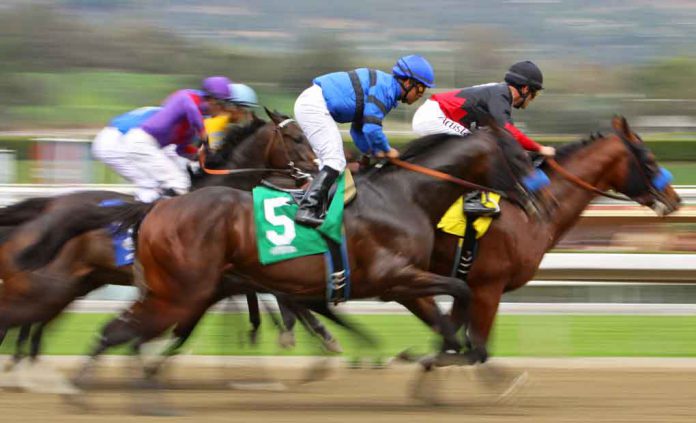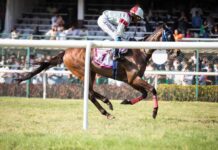
MELBOURNE – In the equine and horse racing worlds, there is often some confusion about what “thoroughbred” actually means. Many people mistakenly think it’s a reference to any form of a purebred horse when in actual fact thoroughbred is a “breed” of its own.
It’s the breed of choice for horse racing because of the physical characteristics and breeding history of this type of horse. The thoroughbred was developed for racing for the most part, and we’ll now take a quick look at how the breed first came about.
A Very Brief History of the Thoroughbred Racing Breed
The modern racing thoroughbred as we know it today was largely developed in 17thcentury England, where native English mares were cross-bred with stallions of Arabian, Turkoman and Barb breeding, but the origins of the thoroughbred date way back to the 1100s.
Flat track racing that’s so common today was actually in existence in England as early as 1174. Races were held in London at Smithfield and were a distance of 4 miles.
All throughout the Middle Ages racing continued to grow, and under the rule of King James I, the system of handicapping horses with extra weight to level the field was introduced.
When King Charles II was occupying the throne, being a keen racegoer, he gave his support to the official breeding of horses purely for racing.
It’s said that all modern thoroughbreds can be traced back to just 3 stallions:
- Byerley Turk (1680s)
- Darley Arabian (1704)
- Godolphin Arabian (1729)
There were also horses from other breeding stock involved on a minor level, but the 3 mentioned above played the biggest roles in creating today’s racehorses.
When it comes to the mares used in the initial development of the thoroughbred horse, these include the Irish Hobby, the Turk, the Barb and some other bloodlines.
England had established many of their classic races by the end of the 18thcentury, and with the advent and popularity growth of these races came the desire to focus breeding on making racehorses even faster.
Newly developed horses were bigger, leaner in body fat and more muscular. By now the thoroughbred was a true athlete.
When the First Fleet landed on Australian shores in 1788, they brought with them the very first horses to walk on Australian soil. The first thoroughbred stallion arrived in 1802 to serve the role as a coach horse sire, but it’s also likely that some of the Melbourne Cup horses over the years were probably descendants of this first thoroughbred stallion named “Northumberland”.
That’s just a very brief snippet of thoroughbred history. Let’s now take a look at typical characteristics of thoroughbred horses.
Physical Characteristics of Thoroughbred Horses
Although the physical characteristics of thoroughbred horses do vary, there are some common traits amongst all of these horses.
Typical colours of a thoroughbred include:
- Gray
- Black
- Chestnut
- Bay
- Dark Bay
- Brown
White is a very rare colour for a thoroughbred horse, but there are some that are white on the face and lower legs, but not likely appearing on the body of the horse.
When it comes to the size of thoroughbred horses, they can range from 15.2 to 17 hands high, which converts to 157cm to 173cm tall. The average height is about 163cm for a thoroughbred.
Other key physical features of a quality thoroughbred include:
- High withers
- Chiselled head
- Long neck
- Short back
- Deep chested
- Lean body
- Long legs
- Deep hindquarters
Because the thoroughbred has been developed as a race horse, to be energetic and competitive, they need to be spirited and bold. These are classic characteristics of these horses and they are considered to be a “hot blooded” breed of horse.
They are built for speed, agility and winning races.
Another interesting aspect about thoroughbreds, to keep things simple in racing circles, is they all officially share the same birthdate.
In the Northern Hemisphere that day is the 1stof January, while in the Southern Hemisphere the birthday falls on the 1stof August.
This is necessary to avoid mass confusion, as many races are defined by the age of the horse, where horses have to be a certain age to enter.






